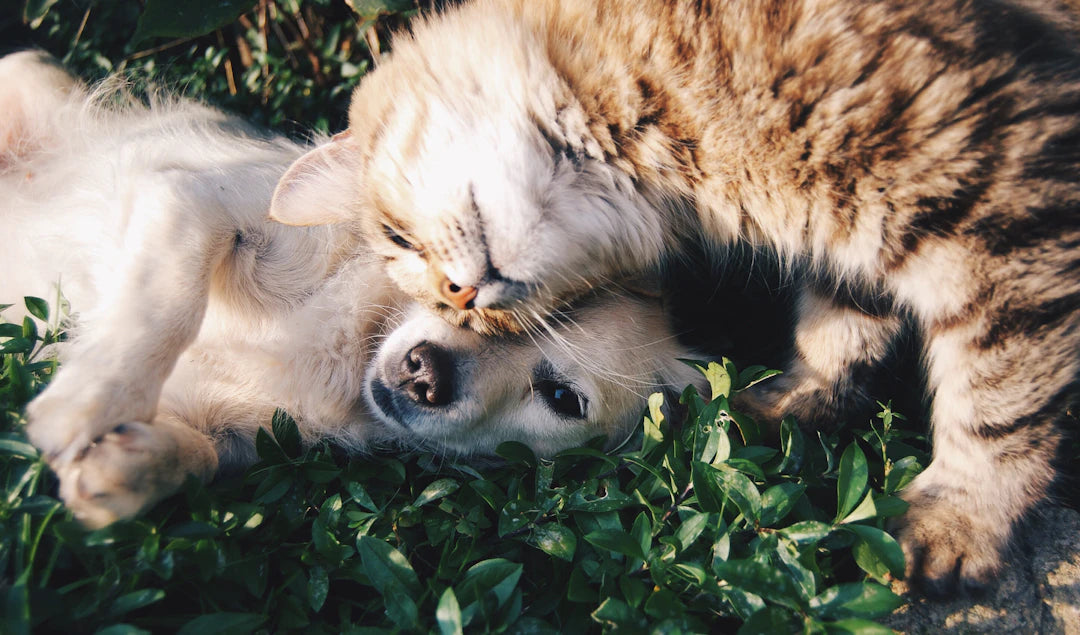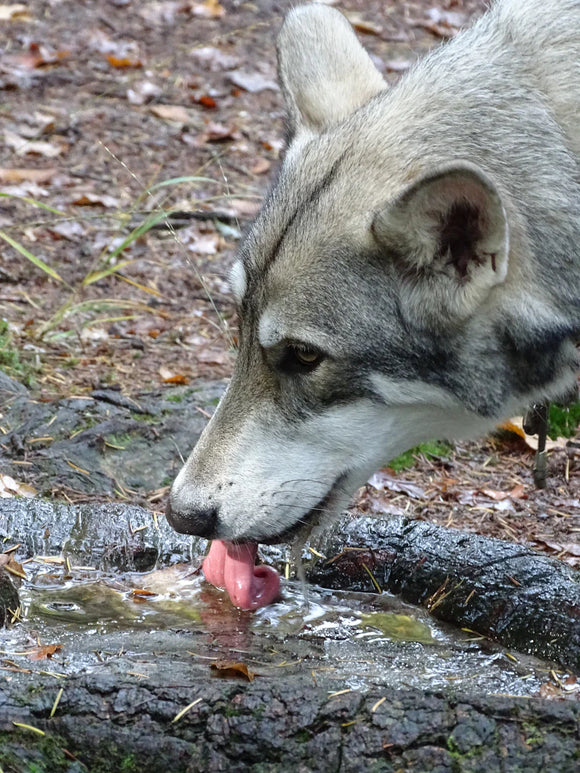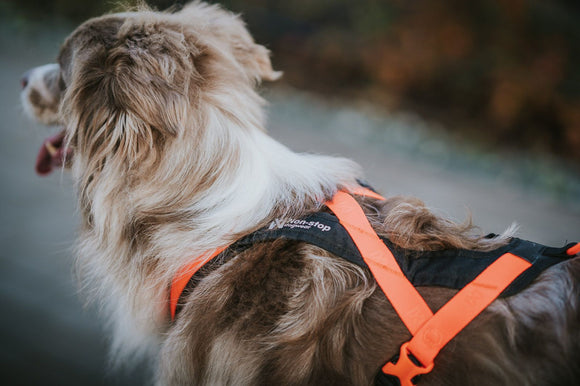
Stress-Free Vet Visits: A Guide for Every Dog Owner
Laura Meudell
Frequently Asked Questions
1. How can I prepare my dog for a vet visit?
2. What signs of anxiety should I look for in my dog before a vet visit?
3. What steps can I take to reduce my dog's anxiety during travel to the vet?
4. How can I ensure my dog has a positive experience at the vet?
5. What should I do if my dog has extreme anxiety during vet visits?
Preparing your dog for a vet visit can seem daunting, but it doesn't have to be. With the right approach, you can ensure that both you and your furry friend are ready for the experience. Vet visits are essential for your dog's health, but they can often be stressful for both pets and their owners. This article will provide you with valuable tips to make the preparations smoother and more manageable.
Understanding Your Dog's Needs
Before you even think about heading to the vet, it's essential to understand your dog’s temperament and behaviour. Different breeds and personalities may react differently to the vet's environment. By knowing your dog's specific needs, you can tailor your approach to cater to their anxiety levels and comfort.
Recognising Signs of Anxiety
Dogs communicate their stress through various behaviours. Some common signs include:
- Panting or excessive drooling
- Whining or barking
- Refusing to enter the vehicle or clinic
- Escaping or hiding
Once you identify these signs, take steps to manage your dog's anxiety effectively.
Getting Acquainted with the Vet
Before the actual vet appointment, consider visiting the clinic with your dog. This ‘meet and greet’ can help your dog become familiar with the environment without the pressure of a medical visit.
Socialisation is Key
Socialising your dog plays a crucial role in reducing future anxiety. Use neutral locations, such as dog parks or cafés, to create positive experiences with various people and other dogs. Always ensure that you have a reliable dog lead to maintain control in unfamiliar situations. This will help your dog associate positive experiences with handling and being around people.
Preparing for Travel
The journey to the vet can be overwhelming for a dog, especially if they associate it with previous stressful visits. Here are some friendly tips to create a calm travelling atmosphere:
Use a Comfortable Carrier
If you are using a crate or carrier, ensure it's a safe and familiar space for your dog. Line it with their favourite blanket or a toy to make it more inviting.
Utilise a Reliable Dog Lead
When travelling, your dog lead should be secure yet comfortable. A padded harness can prevent any discomfort while ensuring your dog feels secure. Practice getting in and out of the vehicle with your dog, treating them to create positive associations with travelling.
Routine Follow-Up
Routine vet visits are an integral part of your dog’s health. Getting your dog used to being handled is essential. Include nail clipping, brushing, and ear cleaning into your routine at home. This not only familiarises them with being handled but also reduces potential stress at the vet.
Consider Basic Training
Basic commands such as ‘sit’, ‘stay’, and ‘come’ can be beneficial during a vet visit. Regular training sessions will reinforce these commands. Use positive reinforcement techniques to reward your dog during sessions to foster trust and a positive attitude.
Arranging the Vet Appointment
When it's time to make the appointment, be sure to choose a time when your dog is typically calm and relaxed. Early mornings or later afternoons may be ideal as these times usually coincide with the dog’s natural rhythm.
Check the Vet’s Credentials
Not all vets are created equal! Take the time to research local vets, check their credentials and read reviews from other pet owners. If possible, ask fellow dog owners for recommendations. Comfort for you and your dog during vet visits is paramount.
On Vet Day
On the day of the appointment, ensure you are well-prepared. Bring any necessary paperwork such as vaccination records and previous medical history. Having your dog grow accustomed to the vet’s office can help reduce stress, so arrive a little early to allow them to acclimatise.
Stay Calm Yourself
Your dog can pick up on your emotions. If you seem anxious, your dog may become uneasy. Try to maintain a calm demeanour throughout your visit to help your dog feel secure. Use your dog lead to maintain physical connection and reassurance. Simple calming phrases can also provide comfort to your dog.
Post-Visit Routine
Once the vet visit is complete, reinforce positive behaviour with treats and affection. This ensures your dog associates the vet visit with good experiences. If your dog had medication or vaccinations, be attentive to their reactions and follow up with your vet if any concerns arise.
Regular Check-Ups
Establish a routine for check-ups based on your vet’s recommendations. Regular vet visits can prevent diseases and ensure your dog's well-being. Keep your veterinarian's contact details handy for emergencies or questions. Consider setting reminders for appointments to keep you on track.
Incorporating Play into Preparation
Another fantastic way to alleviate stress is to incorporate play into your pre-visit routine. Engage your dog in their favourite activities leading up to vet day. This will positively distract them and build a playful association around the day itself.
Calm Before the Storm
On the day before the vet visit, limit any strenuous activities and allow your dog to enjoy a restful day at home. Provide chew toys or puzzles that can help keep them occupied. Introducing relaxation techniques such as gentle massage can also calm nerves and create a comfortable atmosphere.
Consult a Professional
If your dog displays extreme anxiety during vet visits, consult a professional dog trainer or behaviourist. They can provide tailored techniques and exercises to help your dog cope. Never hesitate to request assistance if needed; your dog's health and happiness are your priorities.
A Vet Visit to Cherish
Remember, a successful visit to the vet takes planning and preparation. By following these steps, you can create a positive experience for your dog and yourself. Your dog will be healthier and happier, resulting in an easier routine for both of you. With continued patience and care, even the most anxious dogs can look forward to their time at the veterinary clinic!
So gear up, lead your furry friend to a healthier life with confidence, and make those vet visits something to cherish! A little preparation goes a long way in ensuring a happy and healthy life for your canine companion.



